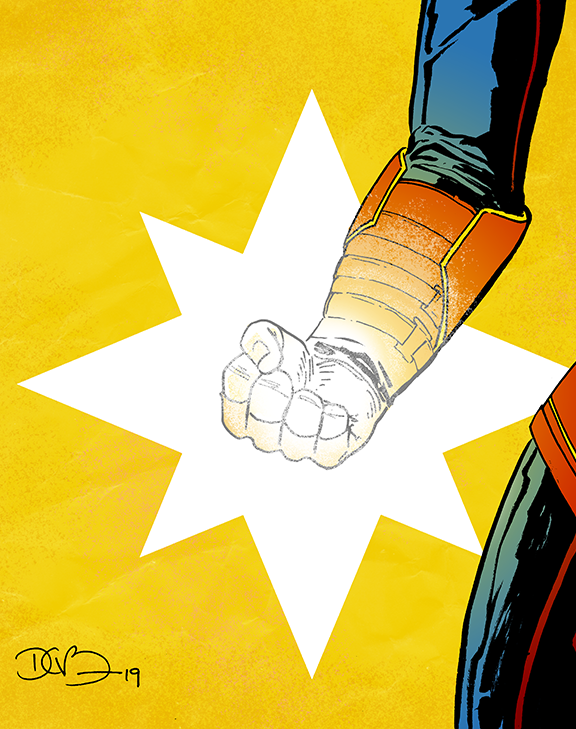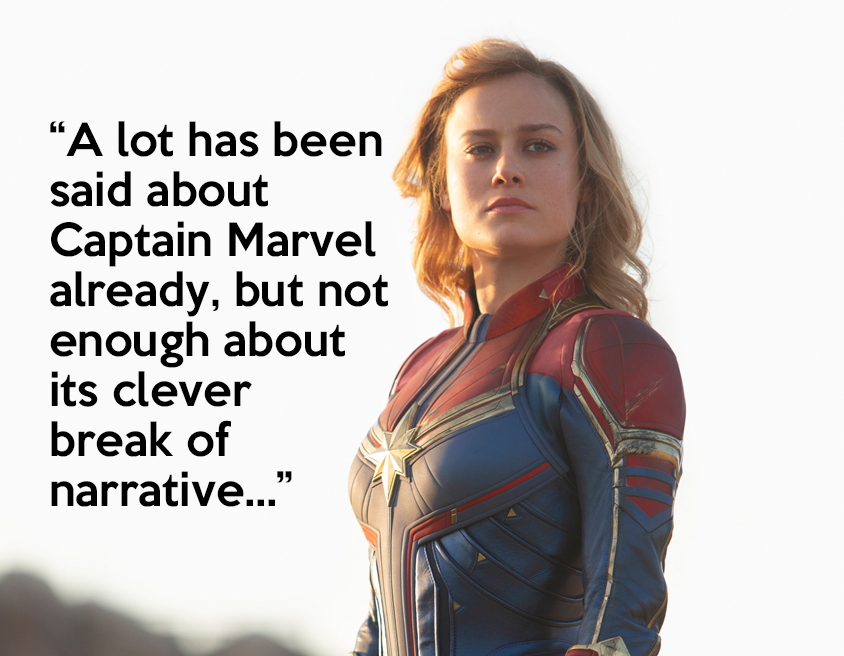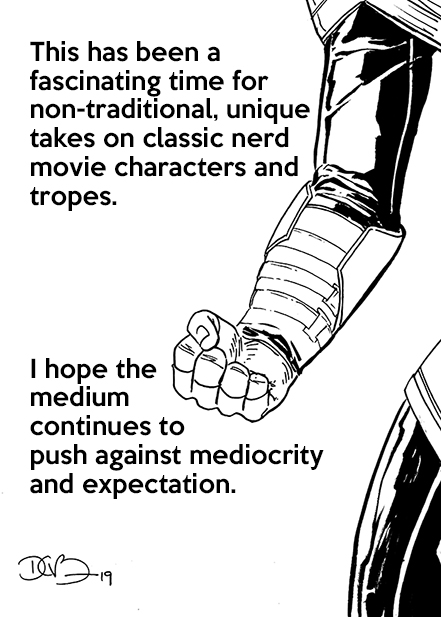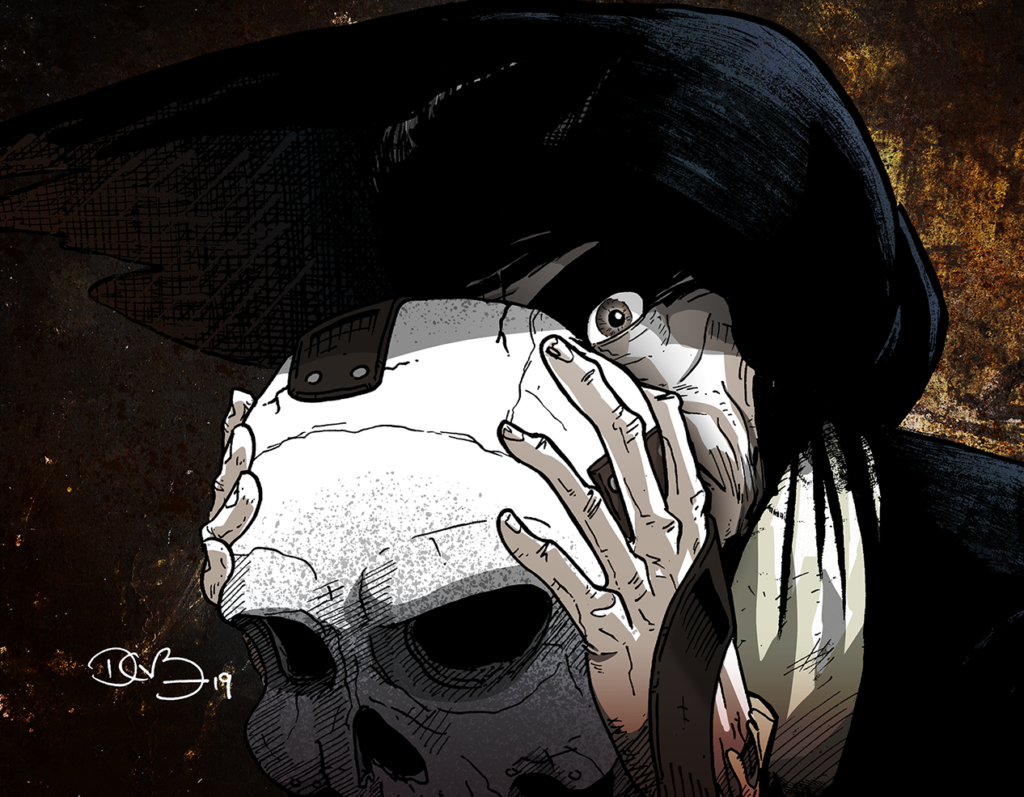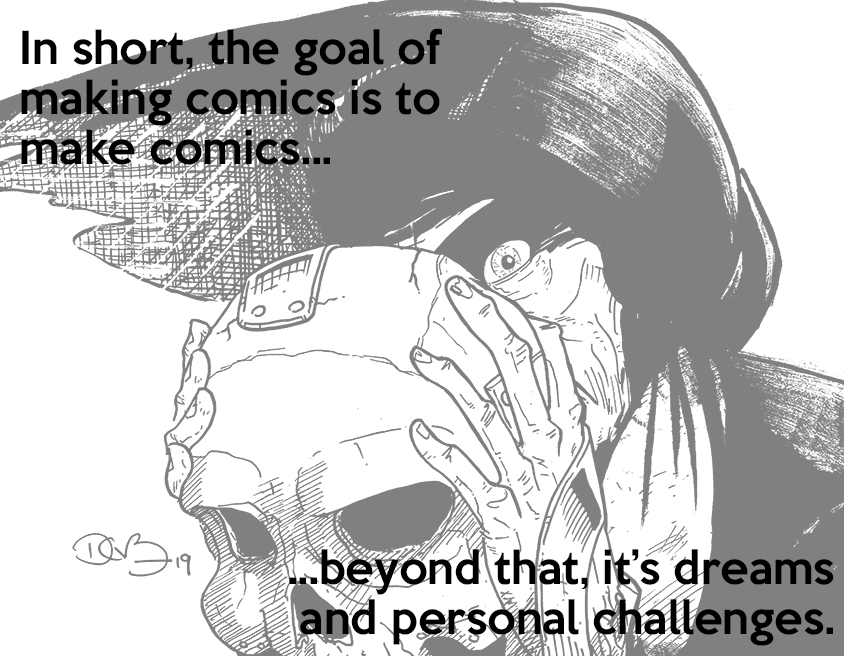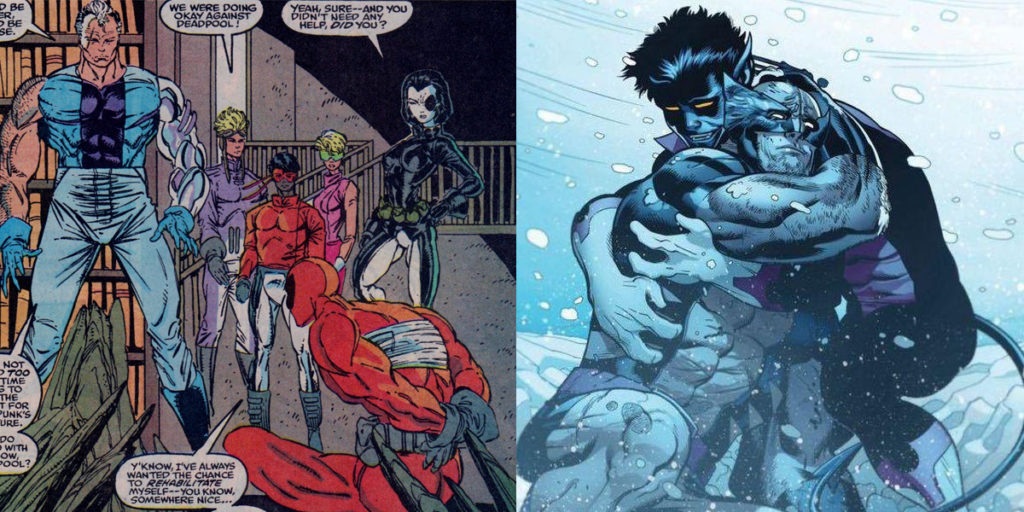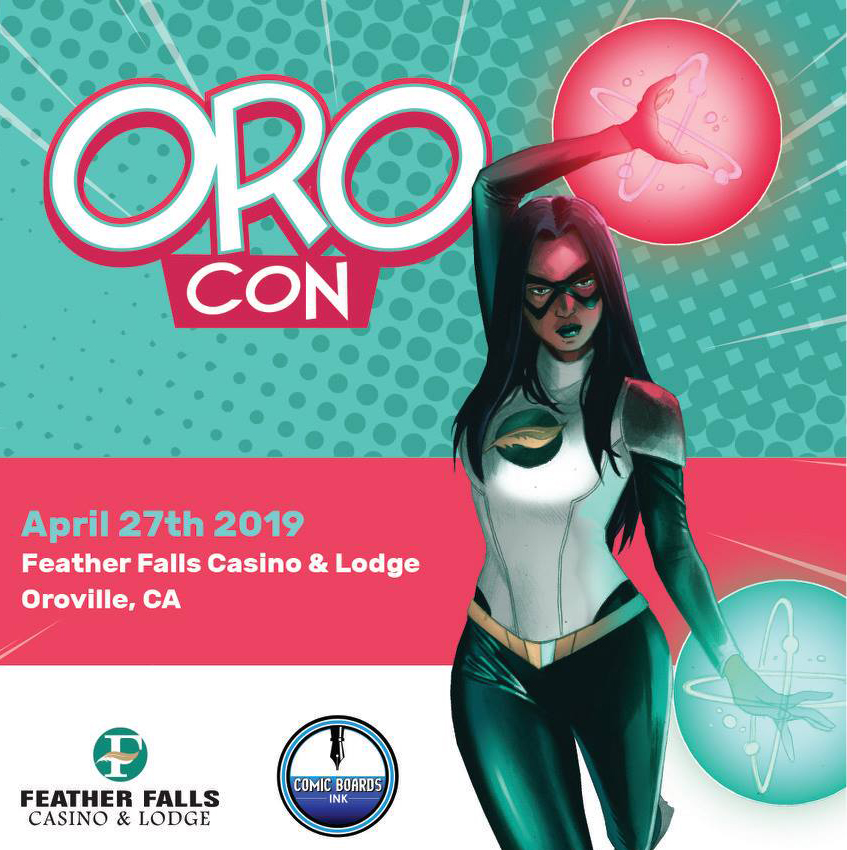
I’m proud to announce that I’ll be bringing Long John to this year’s Oro-Con in Oroville, CA, this Saturday (4/27) at the Feather Falls Casino & Lodge. For more information (like location, admission, and hours), click here.
This is an exciting comic convention in Butte county, California, that has lined up a tremendous list of guests, including:
- Brian Posehn––comedian, writer of Deadpool comics.
- Melissa Pagluica––writer/artist of Above the Clouds.
- Kenneth Rocafort – Marvel/DC artist
- Tim Bradstreet – artist for Punisher, Hellblazer, and others
- Scott Koblish – Deadpool artist
- Robert Love – artist, CEO of Gettosake Entertainment
- Jamie Sullivan – artist for Robotech and G.I. Joe comics.
- Chris Marrinan – Marvel/DC artist
- Megan E. Risk – artist
What I’ll have at the show:
- Long John volumes 1, 2, and 3
- Long John 11″ x 17″ prints (“movie poster” and cover to “Snake Eye”)
- DEBUT of “The Johns” triptych––an 11″ x 17″ print collecting the pencil drawings of Long John, Juan John, and Jonny Mono during better times.
- “Legacy”––8.5″ x 11” print tribute to Logan.
- FREE Long John bookmarks
I’ve been really excited to get into either Oro-Con and/or its sister show, Chico-Con, for a few reasons. For one, it’s only good to expand Long John‘s convention footprint. Butte County also seems like fertile ground for Long John‘s story to make an impact. Located about 90 miles north of Sacramento, there are places outside of Chico remote enough you could easily imagine cowboys riding their horses through the rolling golden plains. Hell, there may actually still be cowboys stomping around out there for all I know.
For two, I have been wanting to attend these shows for a much more personal reason. From 2002 to 2003, I lived in Chico, CA (which is a stone’s throw away from Oroville) and even though I only lived there for 370 days, the landscape of the region entranced me and I hold Butte county very close to my heart.
Furthermore, at the end of last year the Camp Fire tore through the area, devastating the region and ostensibly obliterating the nearby town of Paradise, CA, from the map. I have friends that live in Paradise (which is also a stone’s throw away from Chico) and while they survived, they have surely lost more than I have known at this point in my life. I have many memories of driving out to Paradise during the weekends or finding hikes out in Oroville. To merely imagine the town gone is inconceivable. To know that it is shakes me to my core.
Paradise still lays in devastation and, while it’s only ever been an hour and a half away from Sacramento, I couldn’t help but feel like I would be nothing but some weird ogler driving through marveling at the disaster had I driven all that way for no other reason. Since business calls, I feel justified, in a completely selfish way, to see what stands in structure and what stands in memory.
Most importantly, to go to Oro-Con means I get to contribute to the economy and, with hope, the entertainment of the region in my small way. That they are willing and able to do a show so soon after the fires shows the viability and cultural health of the region, and I’m honored to be a part of it this year.

